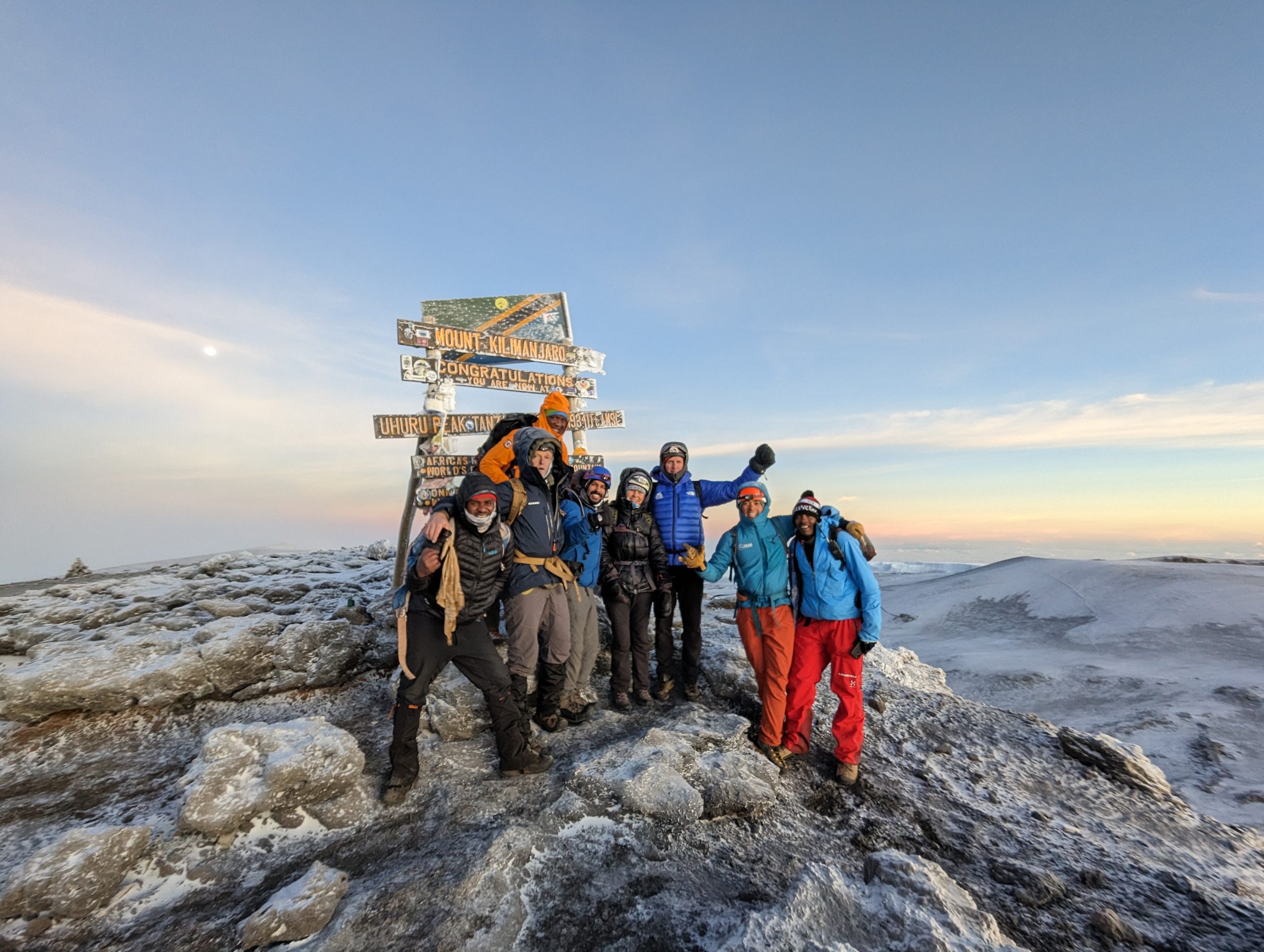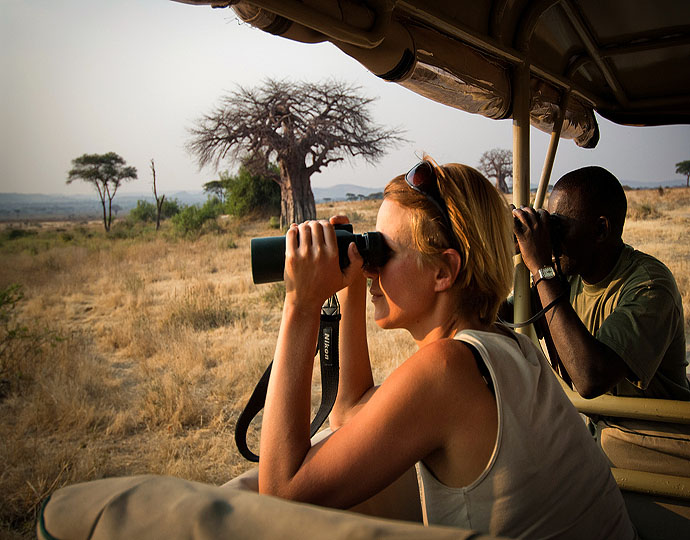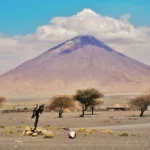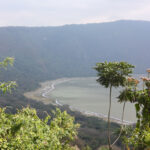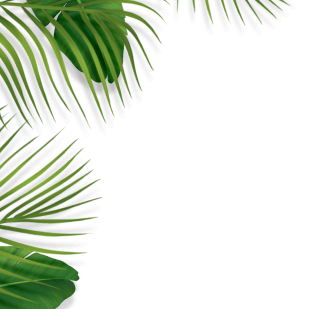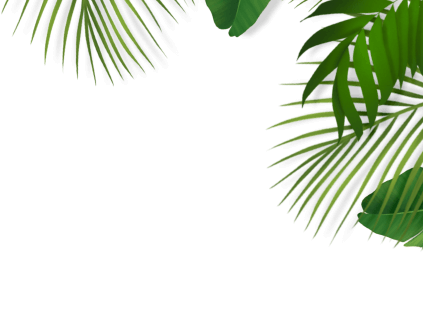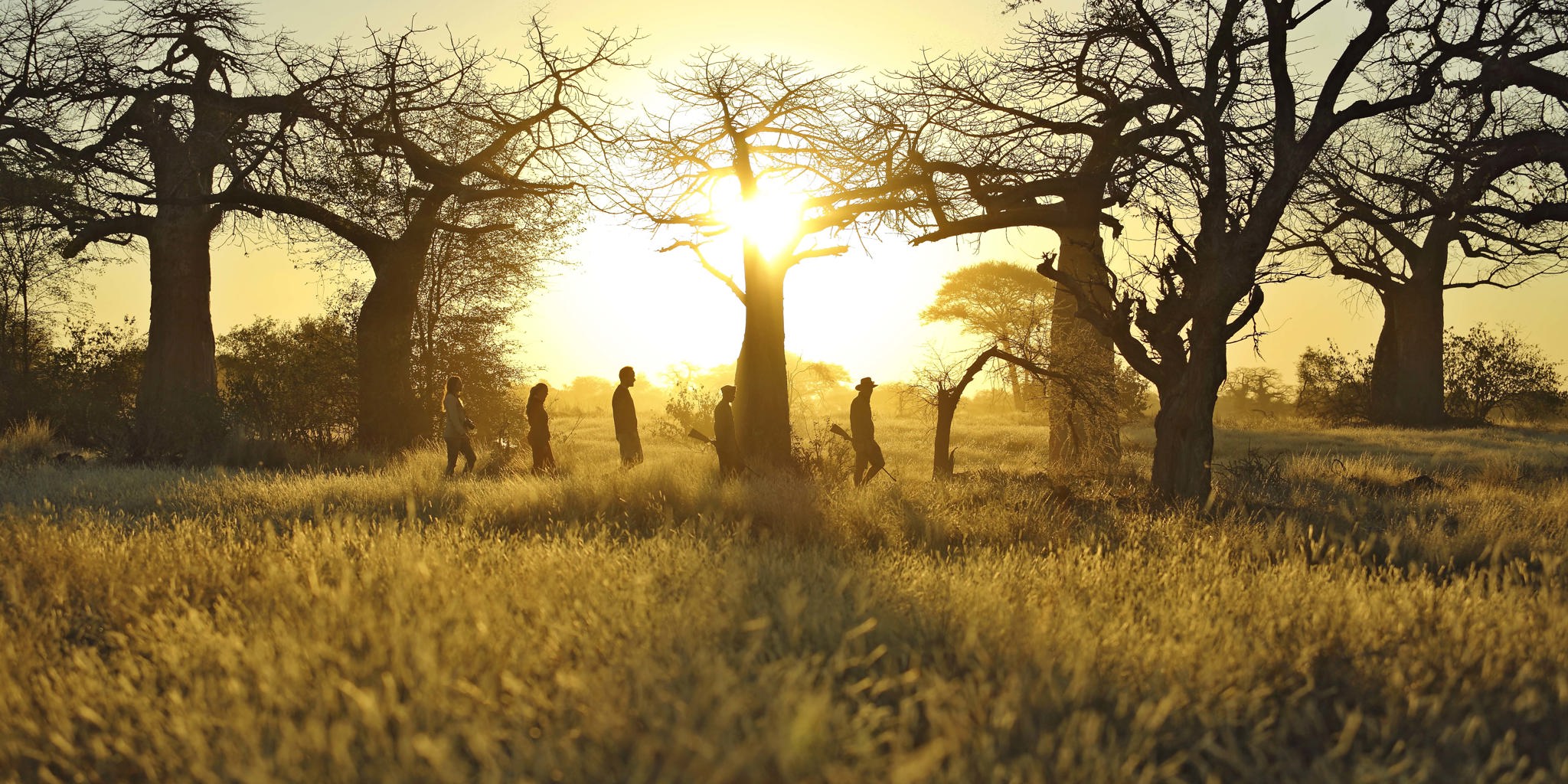
Overview
Ruaha National Park, located in central Tanzania, is the largest national park in the country, covering about 20,226 square kilometers. It is named after the Great Ruaha River, which flows along its southeastern border and is a vital lifeline for the park’s diverse wildlife. The park is renowned for its striking landscapes, including savannas, woodlands, and the dramatic escarpments of the Great Rift Valley. It offers an exceptional wildlife experience with one of the highest concentrations of elephants in East Africa, as well as large populations of lions, leopards, cheetahs, and wild dogs.
Activities and Attractions
- Game Drives:
- Early morning and late afternoon game drives are ideal for spotting wildlife.
- Expert guides enhance the experience with their knowledge of animal behavior and the park’s ecosystem.
- Walking Safaris:
- Accompanied by armed rangers, walking safaris provide a closer look at the flora and fauna.
- This activity offers a unique perspective on the smaller details of the park’s environment.
- Bird Watching:
- Ruaha is a birdwatcher’s paradise with over 570 bird species.
- Notable species include the ashy starling, Ruaha red-billed hornbill, and various raptors.
- Night Drives:
- Special night drives allow visitors to observe nocturnal animals like aardvarks, bush babies, and predators on the hunt.
- Boat Safaris:
- Available along the Great Ruaha River, these safaris provide an opportunity to see hippos, crocodiles, and water birds up close.
- Cultural Visits:
- Visits to nearby communities, such as the Barabaig and Hehe tribes, offer insights into the local culture and traditions.
Best Time to Visit
The best time to visit Ruaha National Park depends on the type of wildlife experience you are seeking:
- Dry Season (June to October):
- This is the best time for game viewing as animals gather around water sources, making them easier to spot.
- The vegetation is sparse, providing clearer views of the wildlife.
- Temperatures are pleasant, especially in the morning and evening.
- Wet Season (November to May):
- The park is lush and green, with beautiful landscapes and fewer tourists.
- Bird watching is particularly good during this period as migratory birds are present.
- Some roads may be impassable due to heavy rains, and certain activities may be limited.
FAQ
- What is the entrance fee for Ruaha National Park?
- The entrance fee for non-resident adults is typically around $30 to $50 per person per day. Fees for residents and children are lower. Prices are subject to change, so it’s advisable to check current rates before visiting.
- Are there accommodations within the park?
- Yes, Ruaha offers a range of accommodations, including luxury lodges, tented camps, and public campsites. Options cater to different budgets and preferences.
- How do I get to Ruaha National Park?
- The park is accessible by road from Iringa, a town about 130 kilometers away. There are also scheduled and charter flights to the park’s airstrip from Dar es Salaam and other major cities.
- Is it safe to visit Ruaha National Park?
- Yes, Ruaha is generally safe for tourists. However, it’s important to follow the guidelines provided by park authorities and your guides, especially regarding wildlife encounters and personal safety.
- What should I pack for a safari in Ruaha?
- Essentials include comfortable clothing, sturdy shoes, a hat, sunscreen, insect repellent, binoculars, a camera, and any necessary medications. Light layers are recommended to accommodate temperature changes throughout the day.
Parks Nearby
- Mikumi National Park:
- Located to the northeast of Ruaha, Mikumi is part of the larger Selous ecosystem and offers similar wildlife viewing opportunities. It is known for its population of elephants, giraffes, and buffalos.
- Selous Game Reserve (Nyerere National Park):
- One of the largest faunal reserves in the world, Selous is southeast of Ruaha and is famous for its diverse habitats, large herds of elephants, and boat safaris.
- Udzungwa Mountains National Park:
- To the east of Ruaha, this park is renowned for its hiking trails, waterfalls, and unique flora and fauna, including several endemic primate species.
- Kitulo National Park:
- Known as the “Serengeti of Flowers,” Kitulo is located south of Ruaha and is famous for its diverse plant life, especially during the wet season when wildflowers are in bloom.
Visiting these nearby parks can complement a trip to Ruaha, offering a broader Tanzanian wildlife and nature experience.
